HEDGING > BOX
IN THIS GUIDE
BOXWOOD GUIDES

Box BlightFeedingPruning
Box is unremarkably used for neatly clipped hedge and topiary in the UK and is ubiquitous in some areas .
However , there is good reason for its popularity , so in spite of its commonality , you may still come up raft of rationality to choose this pop works .
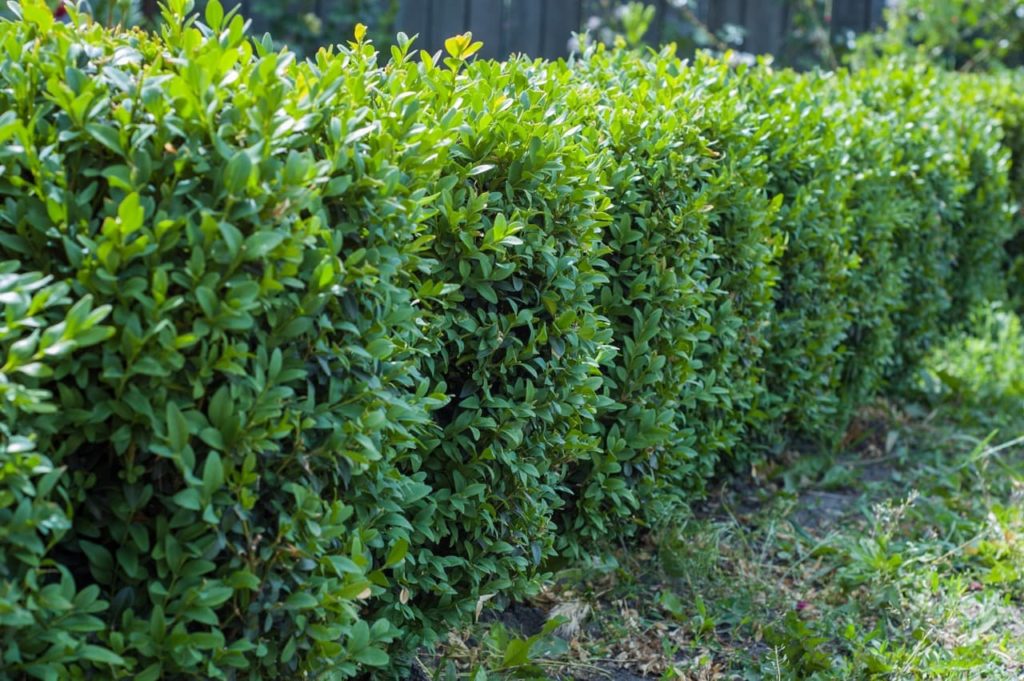
B. microphylla
In this guide , we ’ve operate with two Buxus experts who offer their top tips and tricks to help you successfully grow and wish for boxwood in your garden :
“ There is nothing else like spring up box , ” says Darren .
“ The leaves are minor , so you’re able to get beautiful point into any form you clip them into , whether it is a classical , straight - edged plinth with a bollock on top – or something snaky and mod you might see in an Arne Maynard garden . ”

B. microphylla
Overview
PreferredFull Shade or Part Shade
ExposureExposed or shelter
Height4 -8 M

B. sempervirens‘Elegantissima’
Spread4 -8 M
Bloom TimeApril to May
PreferredMost fertile soils
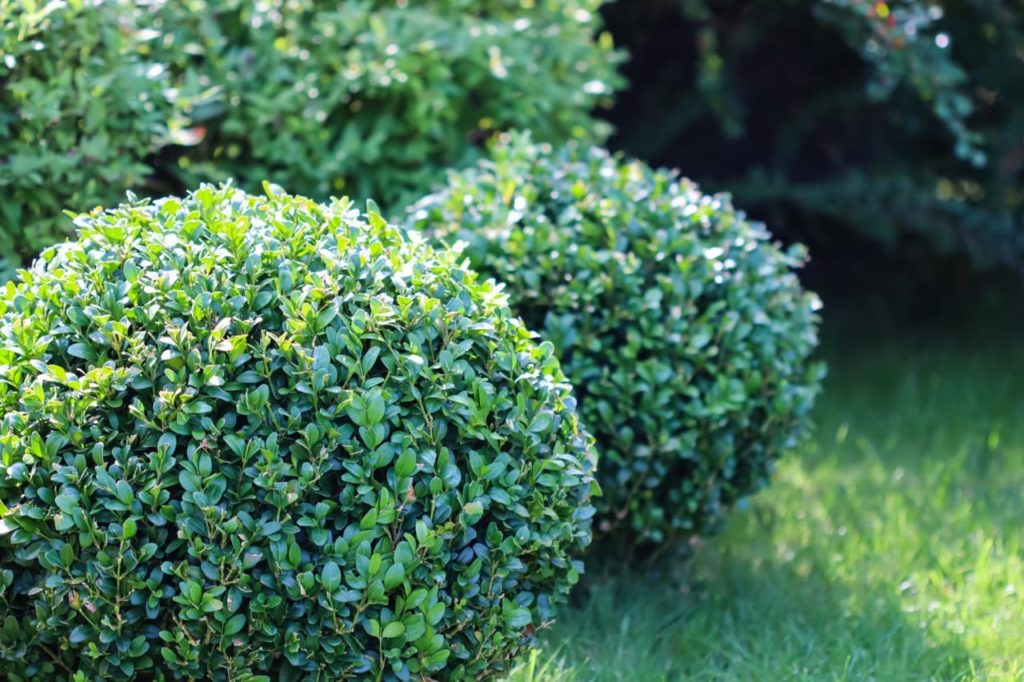
MoistureMoist but well - debilitate
pHAny
Common loge , genus Buxus sempervirens , is aboriginal to the southern reaches of England and is the only plant within its genus that is native to anywhere in the British Isles.1Trees and shrubs : native to Britain . ( n.d . ) . Royal Horticultural Society . recover April 3 , 2023 , fromhttps://www.rhs.org.uk/plants/types/trees/native-tree-shrubs
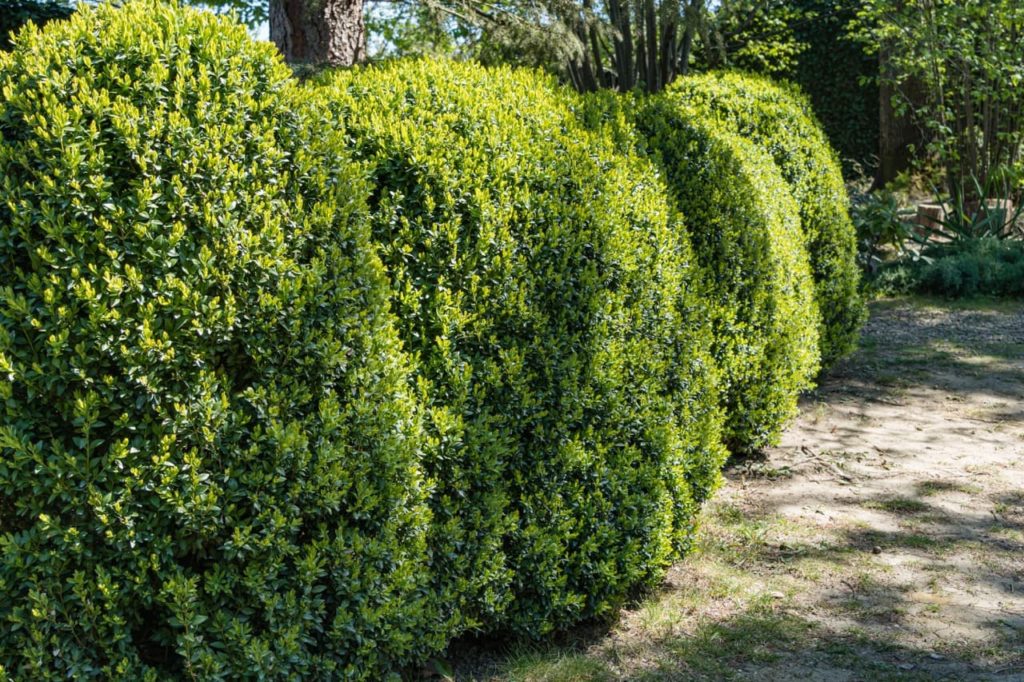
Box is a coarse sight in many British gardens , where it is used for neatly clipped parry andtopiary cast .
“ Box trees are also great for wildlife , providing wintertime cover for garden birds and hedgehogs and are an crucial solid food origin for bees too soon in the growing season , ” say Bill .
Unfortunately , while popular , Box is a bush that can be susceptible to certain issue .
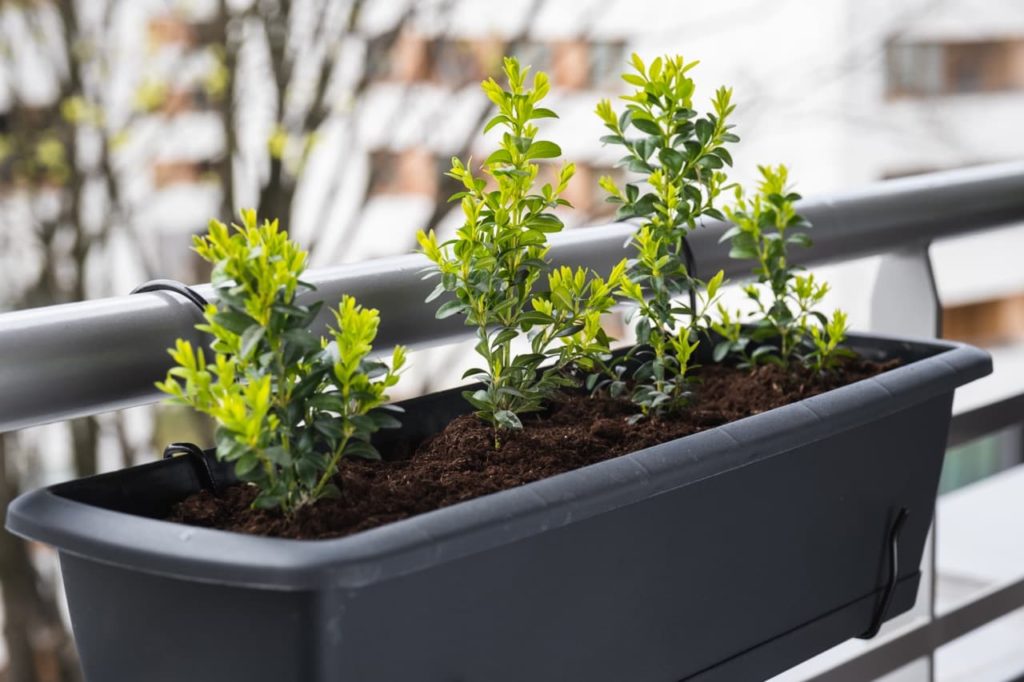
The most problematic of these is box blight .
This is a fungous infection that open easily and is just one of several fungal military issue that can hassle this plant.2Calonectria pseudonaviculata ( Buxus blight ) . ( 2022).CABI Compendium.https://doi.org/10.1079/cabicompendium.17414
Turkish boxwood bush can also be susceptible to insect infestations by box caterpillars .
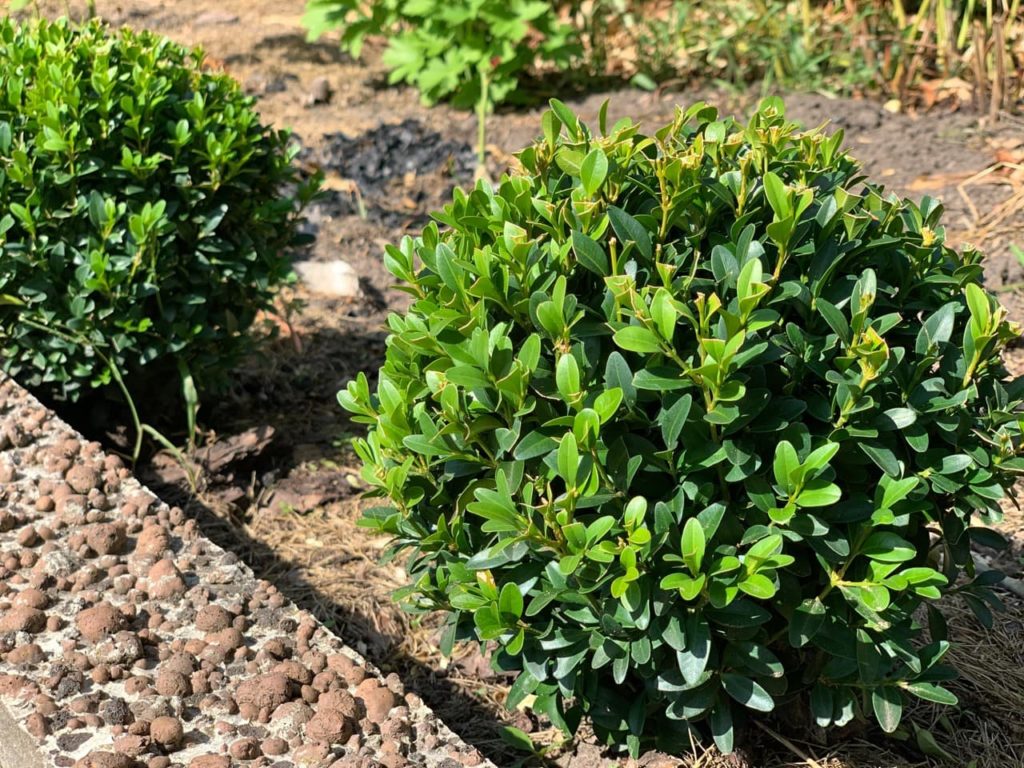
Commonly Grown Types
Most box grown in the UK isB. sempervirens , though other Buxus are sometimes also farm , such asB. microphylla .
Where boxful blight is a serious effect , B.microphyllais said to be passably less susceptible to this trouble .
“ Look at some more unusual variety show likeB. myrtifolia , which is so slow - growing , but looks lovely against gravel or a humbled wall , ” shares Darren .

“ If you are apprehensive about box blight , you could look at using the newfangled hybrid varieties that are large-minded of the disease and another advantage is that the box tree caterpillar does n’t seem to like them as much asBuxus sempervirens . ”
Some common box cultivars that are extremely regarded include :
Of course , there are a number of other named cultivar to select from .

How To Grow Buxus
Box is very easy to grow and care for in a garden , but the amount of sustainment required will count on how and where you are using it .
For example , neatly clip hedge and topiary forms can take much more maintenance than when you ’re growing box in a more natural shape and physical body .
Boxwood shrubs involve a web site in full sun or partial subtlety .

They will typically do best in a location with morning sunshine where they are shelter from the heating system at the height of the day , specially in warmer , more southerly areas .
“ put them by doorways or William Henry Gates or expend them as waymarkers or punctuation point around the garden , ” allege Darren .
“ They can also hyperbolise the end of a boundary line or can modify the atmosphere completely if used in just the right berth and clip just the correct way . ”

Box require soil that is damp yet free draining or free - draining .
These works can not put up remaining in a waterlogged position and this is one of the most important factors in determining where they will produce well .
Box shrubs thrive when in neutral to very mildly acidic grease , though they can be tolerant of a range of pH levels and can be grown successfully in many unlike soils .
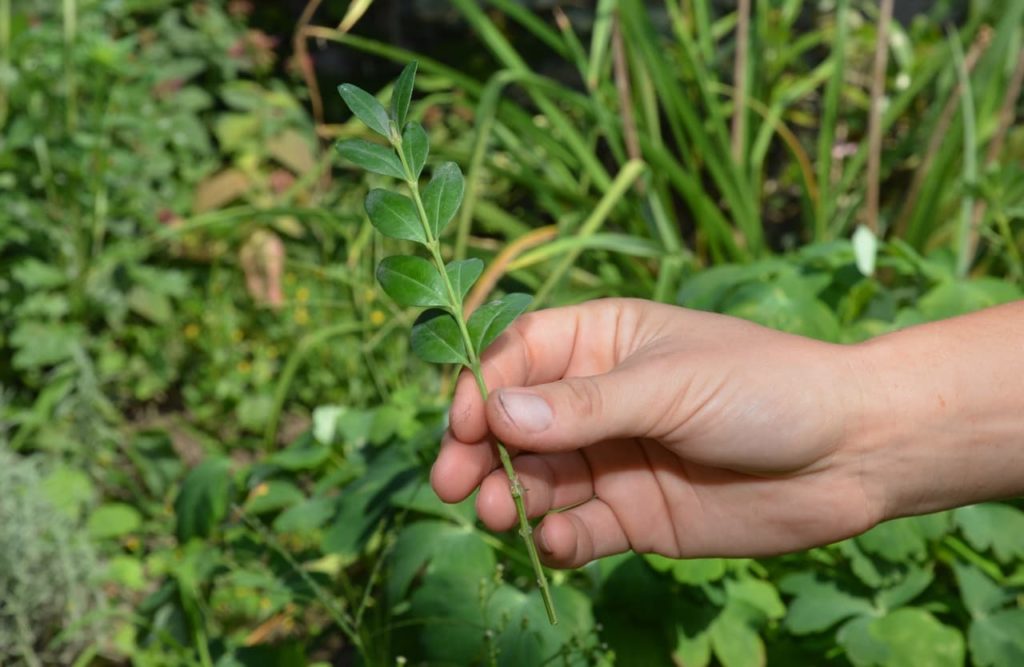
Planting Buxus
If you have decided that you would like to plant some box in your garden , you will need to think about where and how you will integrate the plantsinto your garden designbefore you source the plant or consider how to grow them .
you’re able to purchase bare root boxful for a hedge or when you need a big number .
This is a more affordable way of buying box than buy plants in pots .

However , where you need a stand - alone specimen or need a jump start on a topiary grade , you could buy a crapper - spring up plant and perhaps one already cultivated and pruned into a specific shape .
The latter option can be purchased at any sentence , while bare root plants are useable throughout the colder half of the year .
However , the best times to plant out new box is either in spring or autumn , when the conditions make it a trivial easier for the plants to show themselves successfully .

Plant box just as you would any other shrub or hedging plant in your garden .
“ When planting , mound up the soil so that the plant ’s root crown is about 50 mm above the skirt ground degree , ” Darren recommends .
First , prepare the area .

ensure you have rectify the grunge with mickle of organic thing to improve drainage and soil structure .
Next , determine spacing .
For box hedge , a spacing of around 5 plant per metre is in general commend , though this may be varied slightly depending on the specific case and your goals .
Box makes great hedging , but call back that closer spacing is need for these hedge plants than for some others , as box is comparatively behind - growing .
Once you have limit the right spacing , comprehend planting holes or a deep following the hedge line if you are planting a greater number of plants .
Place the new box plants into these planting holes or trench and firm the grunge back around each one .
After planting , be trusted to water the new additions in well and then mulch around the base of the plants with organic subject , such as homemade compost or folio mould .
Ongoing Box Care
The key thing when growing box is to check that that you choose the correct placement for plant in the first property .
If you have find a spot suit to the environmental conditions that boxful involve , then you should find it an easy and tussle - free plant to grow .
As advert above , box can produce in full sun or fond shade .
If you are growing a eccentric with leafage diversification , you will usually find that vividness are more vivacious in full sun , though most box will also be glad in fond or mottled specter .
“ The leaves of box reflect light , ” explains Darren .
“ In Britain the sunlight can be quite weak , so it ’s useful to have evergreen leave that bounce the sunlight back around the garden .
“ Where the sunshine does n’t hit a folio , you get a shadow , which adds texture to your topiary or hedge .
“ It ’s really worth thinking a lot about how the sunshine go and is filtered around your garden outer space , as boxwood aid with that hugely , throw you scope to play with twinkle and shade . ”
Box will typically need to be keep well - watered from planting through to establishment , especially if the weather condition is very ironical .
However , once established , box will survive with instinctive rain and will only want watering or irrigation during prolonged menses of drought or particularly warm weather .
If you have existing box and would like to propagate more , you might consider growing boxwood from cuttings .
It is very well-to-do to propagate box by taking semi - ripe cuttings in ahead of time to mid - summertime .
The process can be very quick and it will take only around 2 months for cutting to rout with bottom heat or in a heated propagator .
However , without heat in a inhuman frame , polytunnel or unwarmed greenhouse , it can take around 8 months for the cuttings to be well - root .
newspaper clipping can potentially also root well in a yr or so when simply embed in the ground in a moist and partially shaded spot .
Once the press cutting root , you’re able to encourage shaggy-coated growth by regularly crimp out the shoot tips .
It will typically take 3 - 4 years before plant grown from cut are quick to be planted out into their final grow positions .
Growing from semen takes a piffling longer and it will be around 5 years before your novel industrial plant are ready to go into their last growing positions in the garden .
However , this is also a relatively aboveboard process .
Seeds should be inseminate in autumn or other spring into small pots andplaced in a frigid frame or other pass over spaceto germinate and grow .
It is important to make trusted that you do n’t let the young plant dry out .
Unfortunately , as mentioned originally in this scout , the downside to growing box is that it is prone to a act of disease and pest problems .
Of these common problems , box blight is perhaps the comfortably - known and most alarming .
unhappily , this problem is prevalent in many parts of the British Isles.3Box blight : oversee outbreaks . ( n.d . ) . Royal Horticultural Society . Retrieved April 3 , 2023 , fromhttps://www.rhs.org.uk/prevention-protection/box-blight-managing-outbreaks
“ Clean your tools , as this room you preclude blight from spreading if you have it , ” says Darren .
As well as box blight ( whichwe have deal in contingent in a freestanding guide ) there are also other problems to which box can yield , including other fungal problems .
“ If box seat blight is rampant in your area , it may be worth considering an alternative species , ” partake Master Horticulturist Dan Ori .
“ The good alternative will count on the grunge and mood you have , so some prep and circumstance is take . ”
“ Our boxful tree is not looking well at the moment due to the box cat and drought is also really affecting our Tree at the bit , ” shares Lucy Hart , the Head Gardener at Fulham Palace Gardens .
Box Sir Herbert Beerbohm Tree cat is one of the most serious pests for these plants and these are unfortunately also vulgar in many parts of the UK .
“ depend out for the boxwood caterpillar , especially in March , then take step to foredate it , as we do n’t have the raw predators to do it for us here in the UK , ” warns Darren .
“ Regular hand - pick is an alternative if you only have a couple of topiaries , but if you have lots , you will require to spray cautiously with a mathematical product that controls caterpillars .
“ Make certain you read the instructions and spray when other garden beneficials are n’t around in the early morning or in the evening . ”
“ experimentation with creative combination of small - leave evergreens , ” says Bill .
“ There are many other plants that make well with Buxus and more diversity of plant within a garden will facilitate minimise the impact of problems with industrial plant health . ”